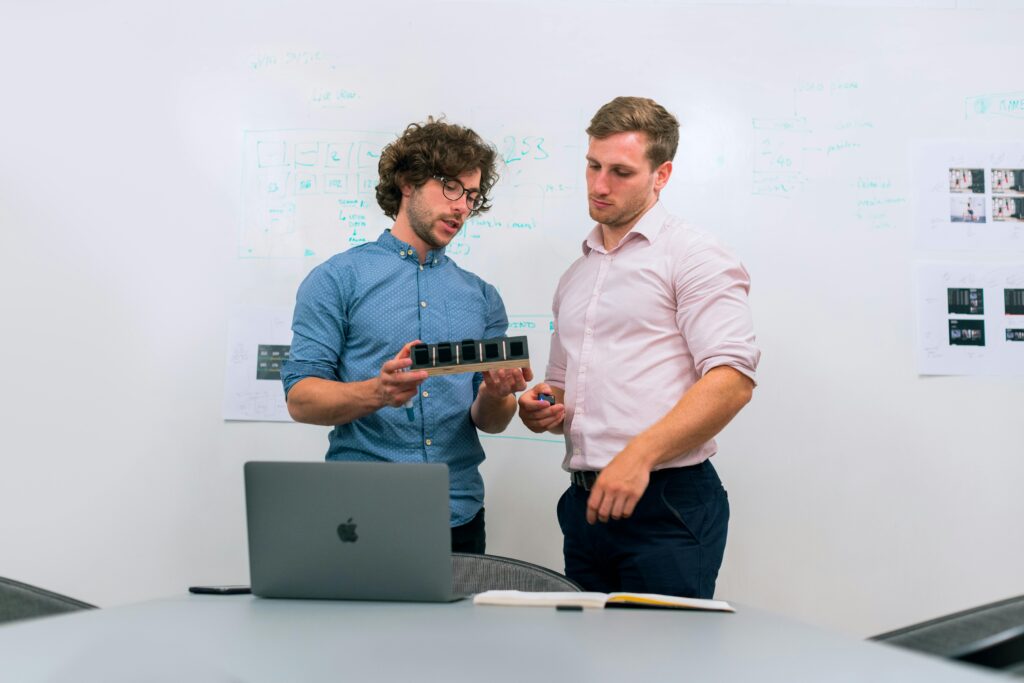The Role of Prototyping in Preparing for Holiday Manufacturing Rush

In the realm of manufacturing, where precision and efficiency reign supreme, the art of prototyping stands tall as a crucial pillar in the process. As the holiday season approaches, businesses gear up for the annual manufacturing rush, and the role of prototyping becomes increasingly significant. In this blog post, we will delve into the world of prototyping, unraveling its essence and exploring the four main reasons behind its creation. Join us on this journey to understand the purpose and paramount importance of prototyping in the dynamic landscape of product development.
What is Prototyping in Manufacturing?
Imagine you’re a chef crafting a new recipe. Before presenting the final dish to your customers, you’d likely experiment with various ingredients and cooking techniques to ensure the perfect blend of flavors. Similarly, in manufacturing, prototyping is the preliminary step where a scaled-down, preliminary version of a product is created before mass production.
A prototype serves as the tangible embodiment of an idea, allowing manufacturers to assess the design, functionality, and feasibility of a product. It’s the dress rehearsal before the grand performance – a crucial phase that mitigates risks and paves the way for a seamless manufacturing process.
The 4 Main Reasons for Creating a Prototype
- Design Validation:
Prototyping acts as a visual and functional blueprint for a product. It allows manufacturers to validate the design, ensuring that it aligns with the intended vision. By physically interacting with a prototype, designers and engineers can identify potential flaws or improvements that might not be apparent on paper. This hands-on experience is invaluable in refining the product’s aesthetics and functionality.
- User Feedback Incorporation:
In the intricate dance between creators and consumers, feedback plays a pivotal role. Prototyping provides a tangible entity that can be presented to potential users for evaluation. Whether it’s the grip of a handheld device or the user interface of a software application, real-world feedback collected from interacting with a prototype helps in fine-tuning the product to meet the end-users’ expectations.
- Functional Testing:
A prototype allows manufacturers to put a product through its paces, subjecting it to real-world conditions and usage scenarios. This step is crucial in identifying any performance issues, potential malfunctions, or areas that require improvement. It’s essentially the litmus test that ensures the final product will not only meet but exceed the expectations of end-users.
- Cost and Time Efficiency:
Prototyping is an upfront investment that pays dividends in the long run. By identifying and addressing issues at an early stage, manufacturers can avoid costly modifications during mass production. This not only saves money but also accelerates the overall production timeline, a critical factor when preparing for the holiday manufacturing rush.

Ready to Plan For Your Successful Launch?
For A Diagnostic Evaluation For Your Project Success.
What makes a product a success

